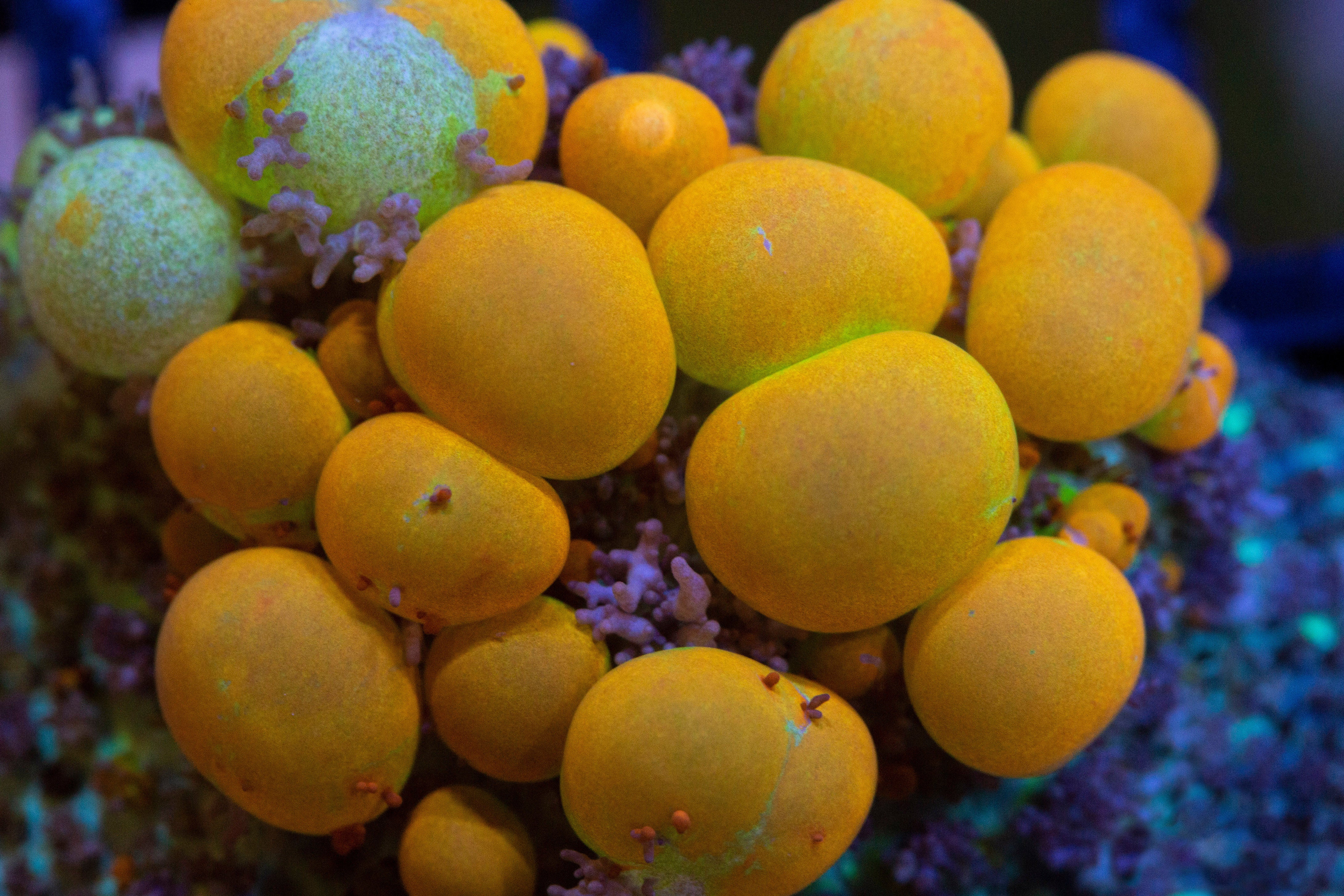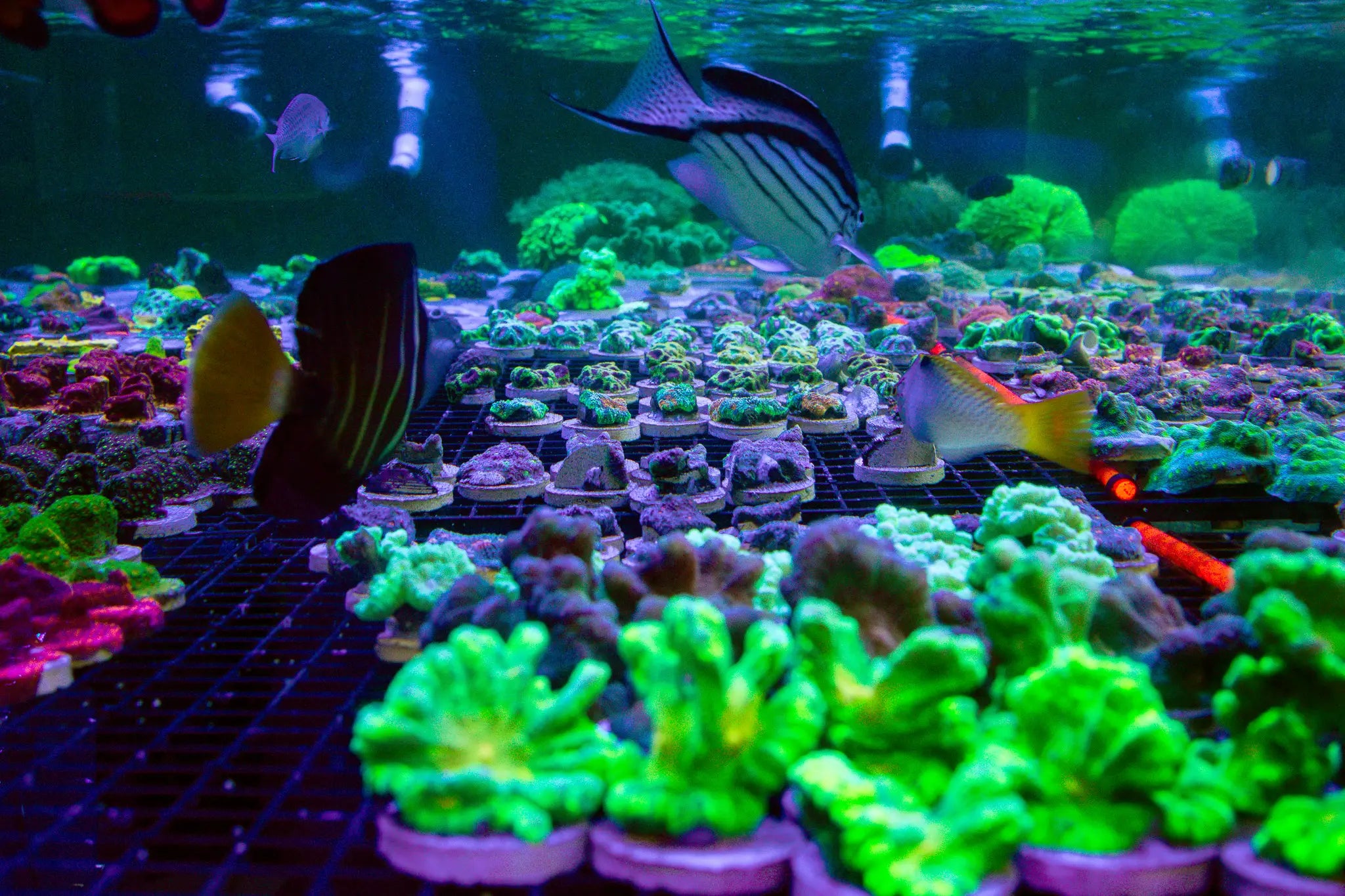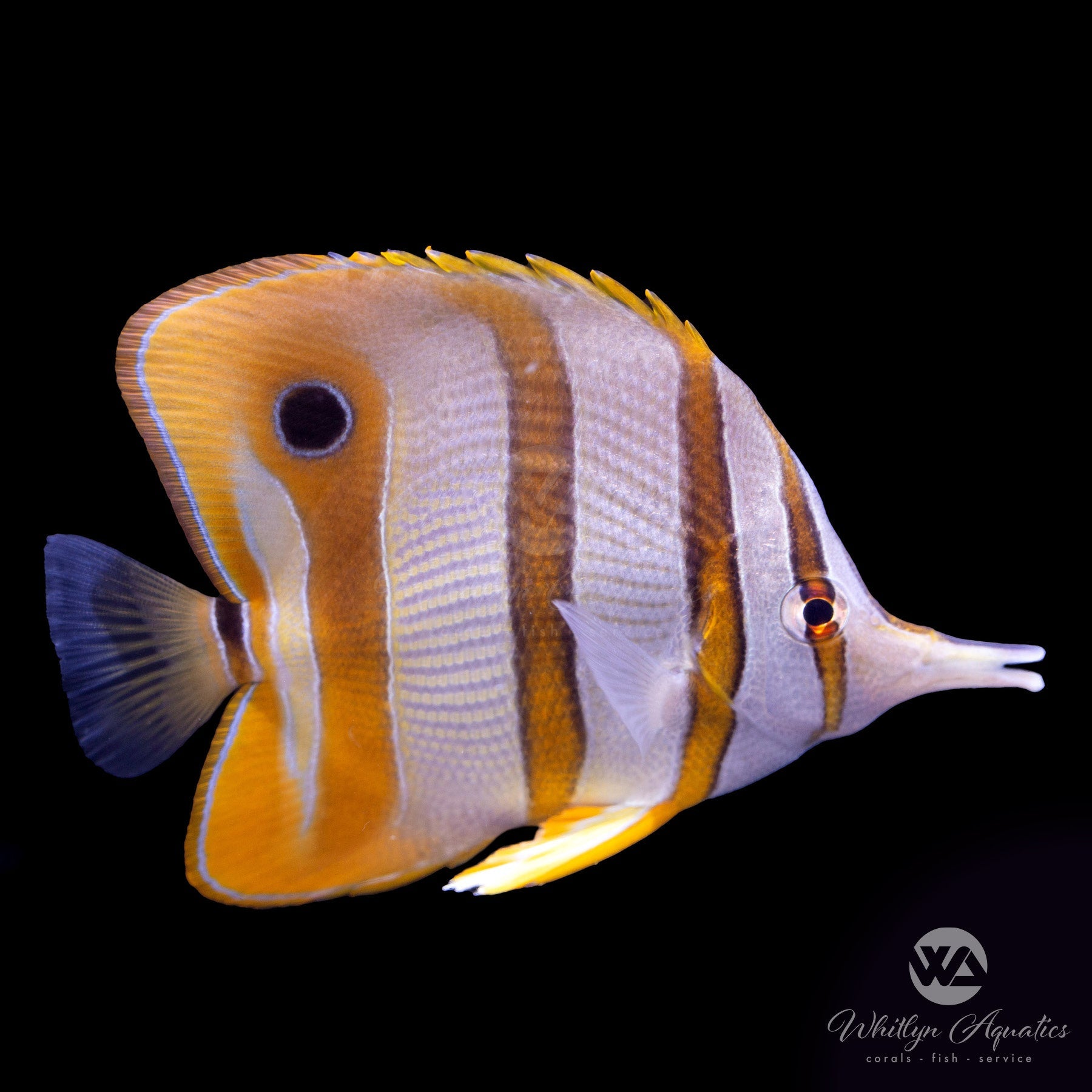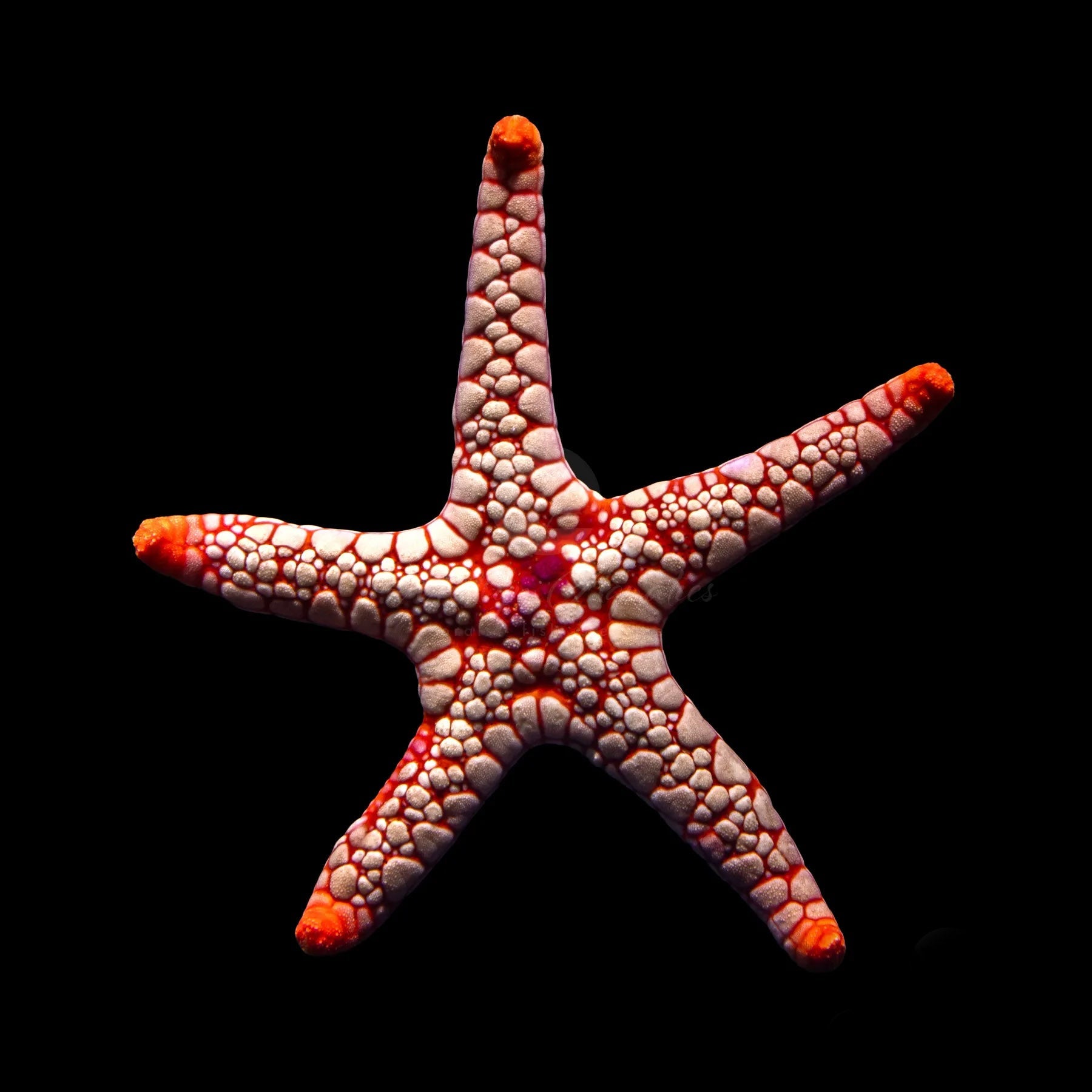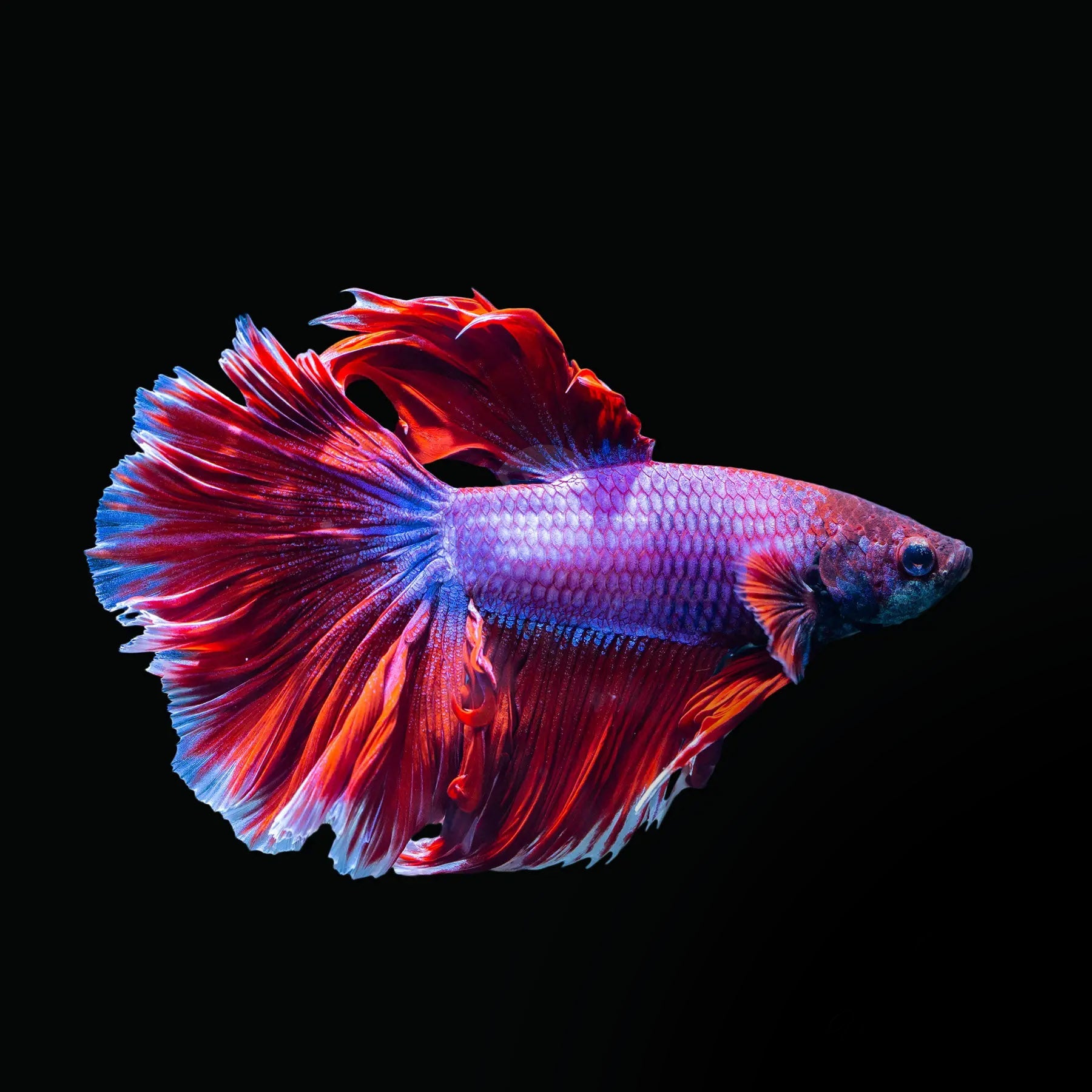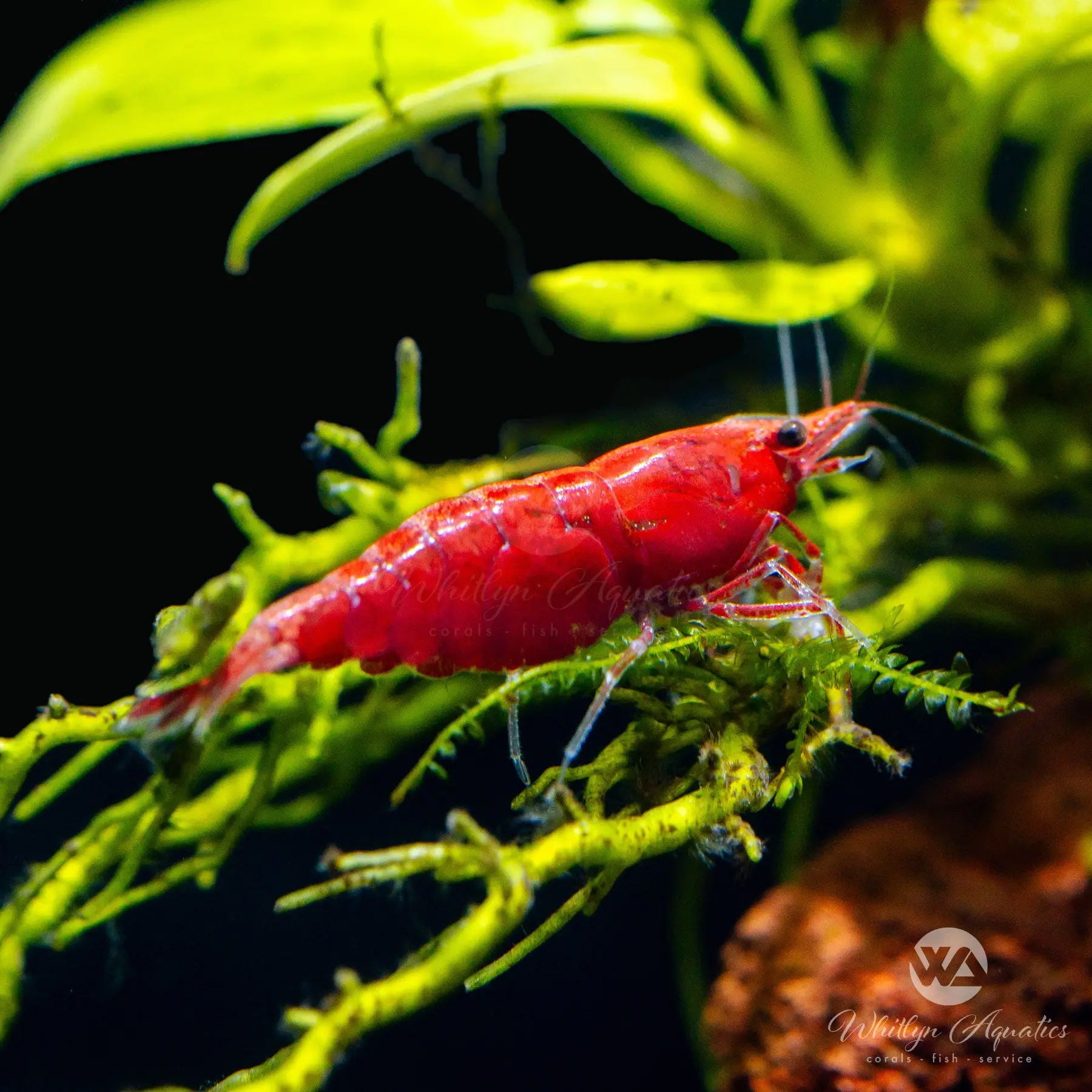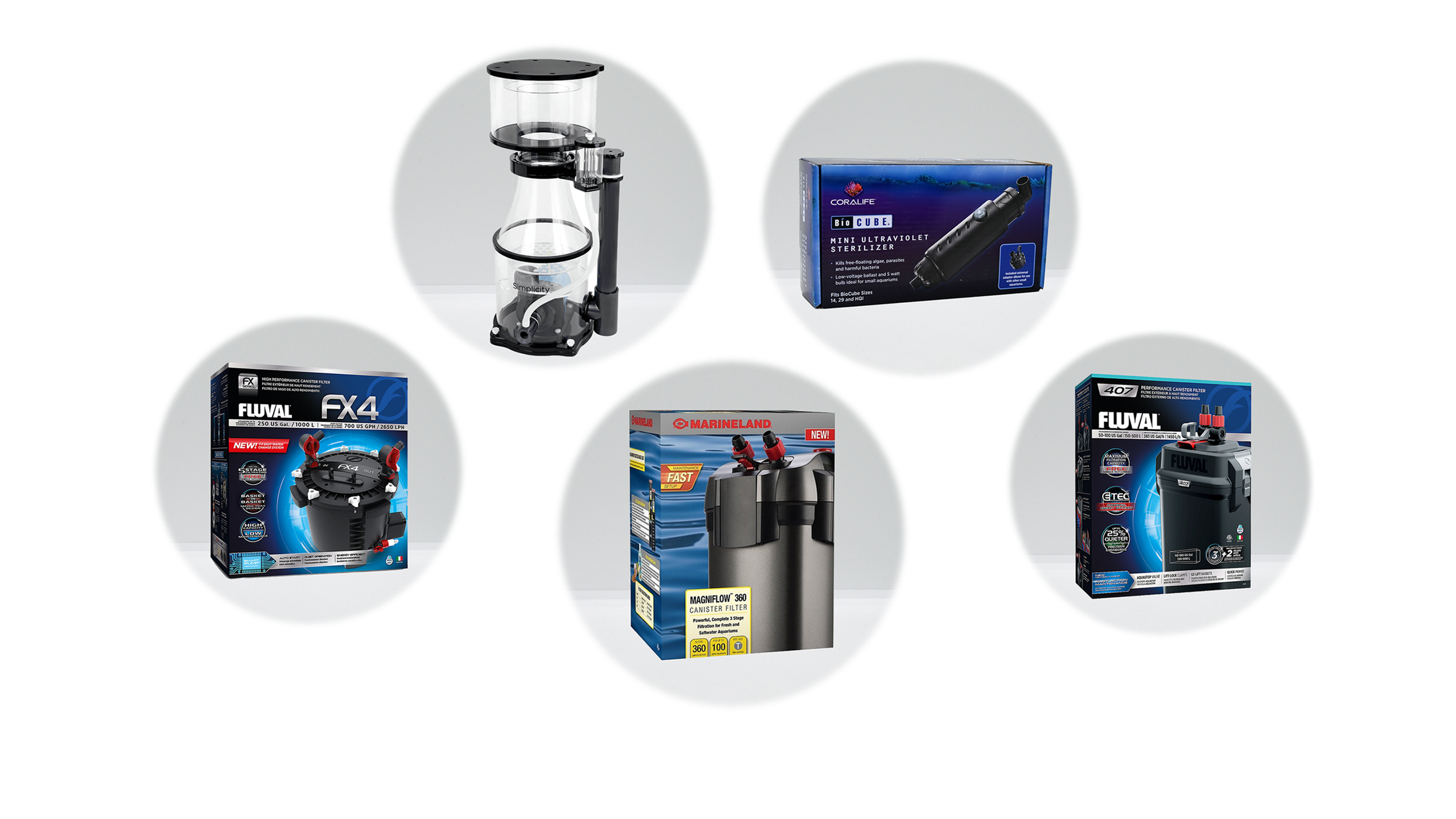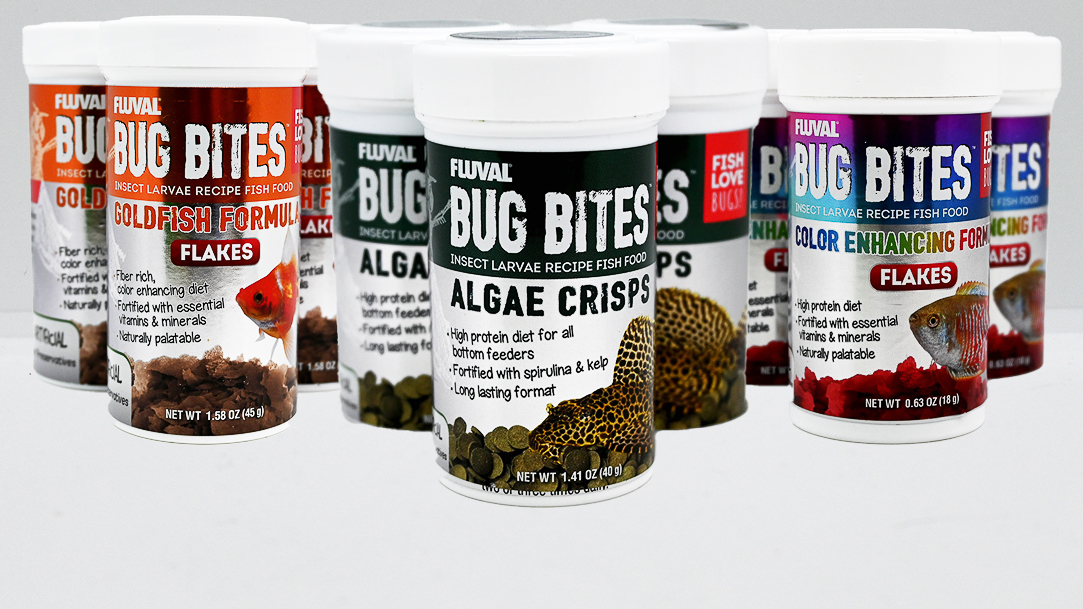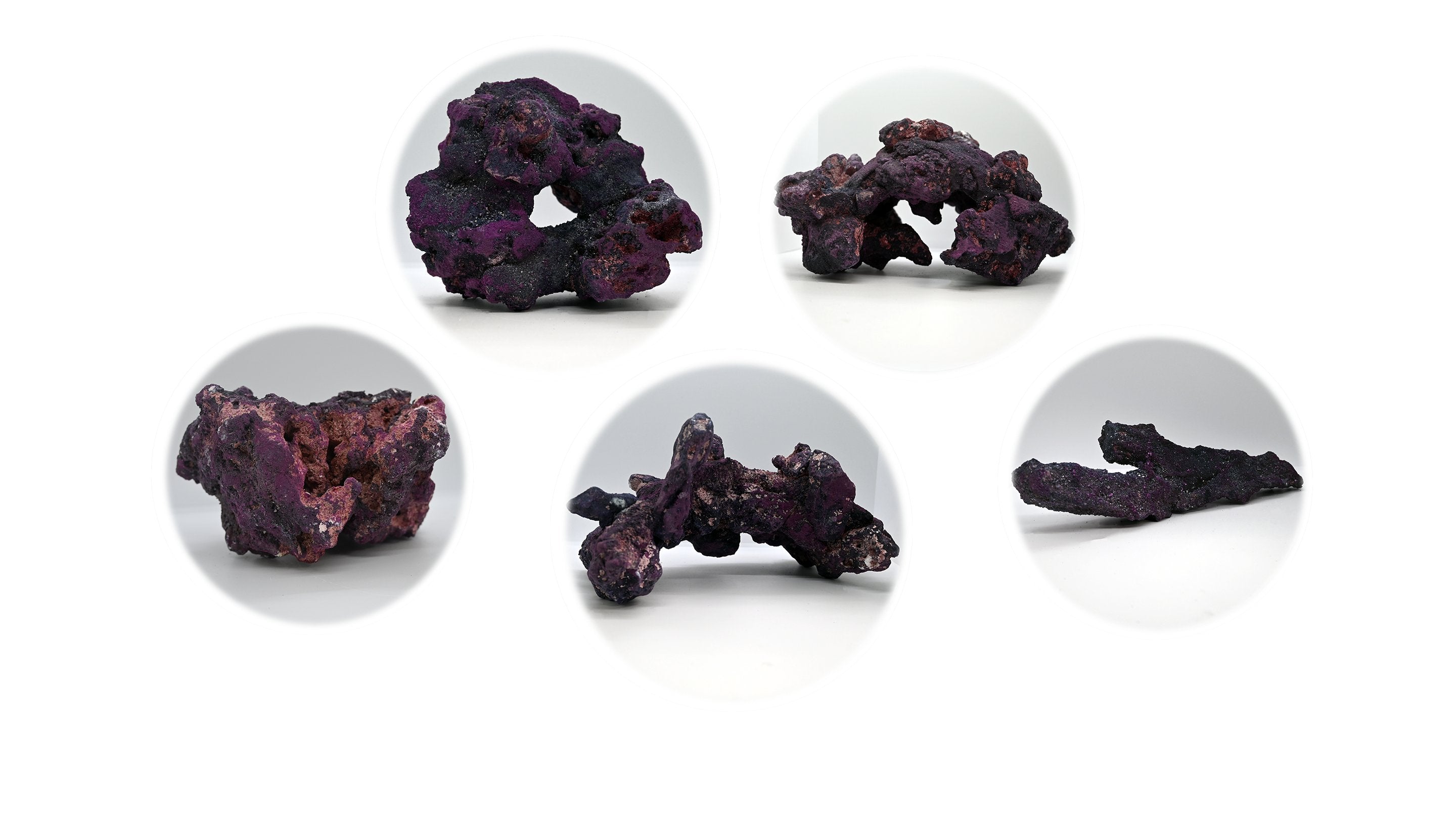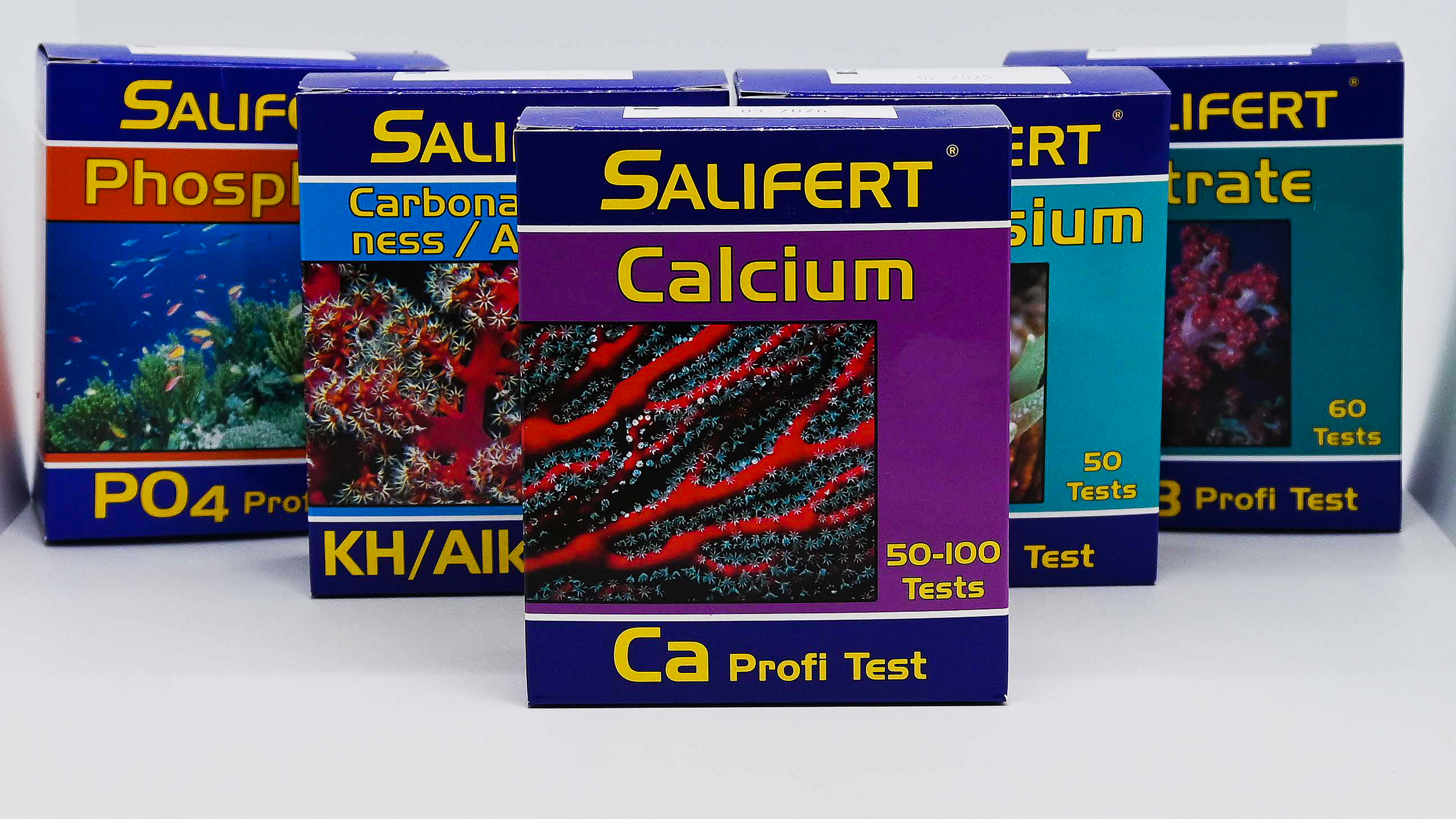
Corydora loxozonus
- In stock, ready to ship
- Backordered, shipping soon
Corydora Loxozonus (Corydoras loxozonus) is a striking species of armored catfish known for its elegant body shape and distinctive black-and-white patterned markings. This peaceful bottom dweller thrives in groups and is ideal for community tanks.
Description:
Common Name: Corydora Loxozonus
Scientific Name: Corydoras loxozonus
Family: Callichthyidae
Size: Up to 3 inches
Temperament: Peaceful
Difficulty: Easy to Moderate
Native Region:
South America (Colombia)
Aquarium Setup:
Tank Size: Minimum 20 gallons
Temperature: 72–79°F
pH: 6.0–7.5
Hardness: Soft to moderate
Decor: Soft sandy substrate, plants, driftwood, and hiding places
Additional Tips:
• Schooling Fish: Keep in groups of 6 or more
• Diet: Omnivorous – sinking pellets, live/frozen foods, and vegetables
• Behavior: Active bottom dweller; peaceful with other tankmates





